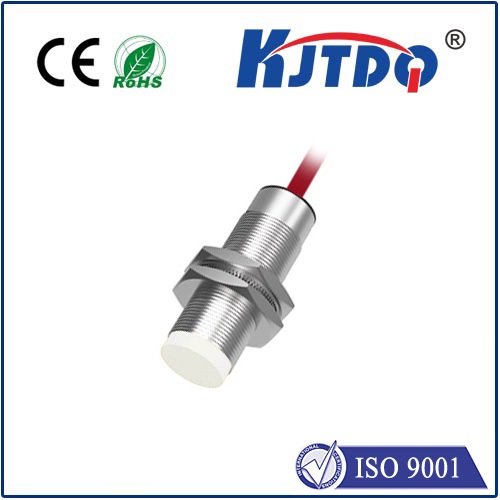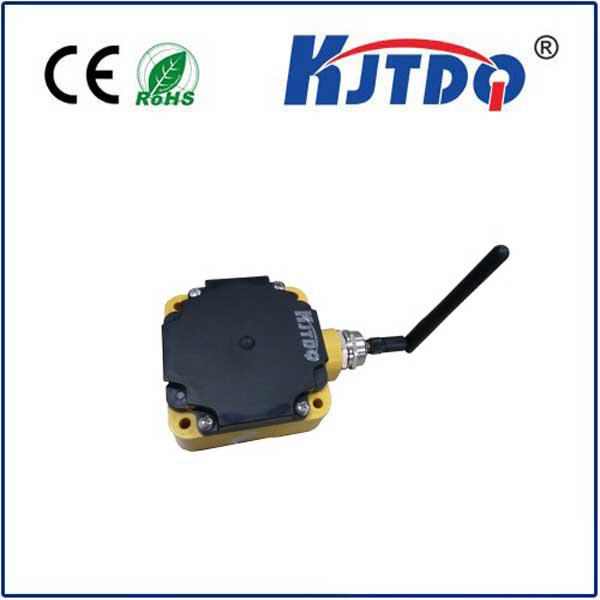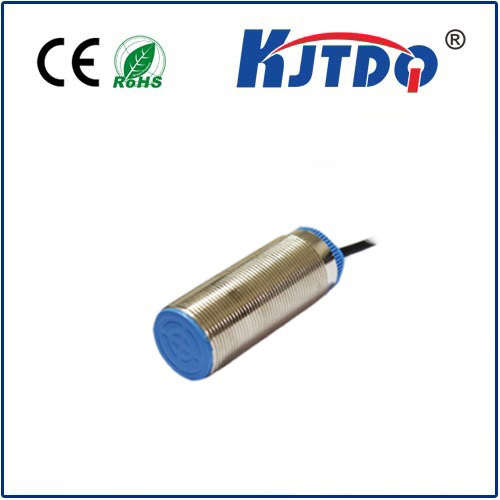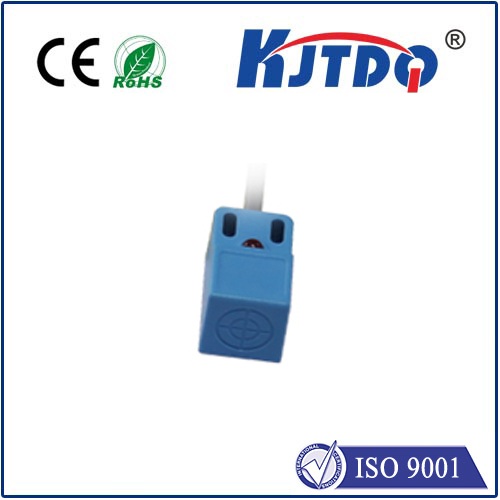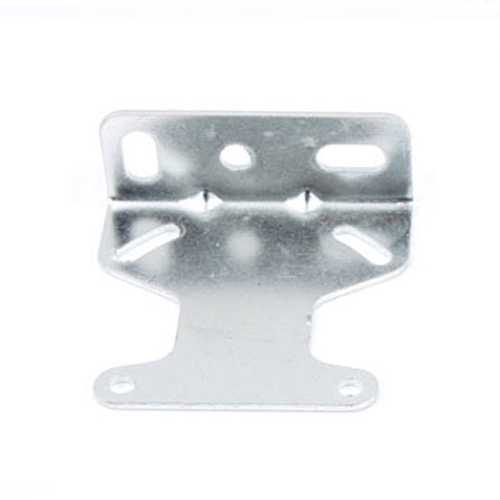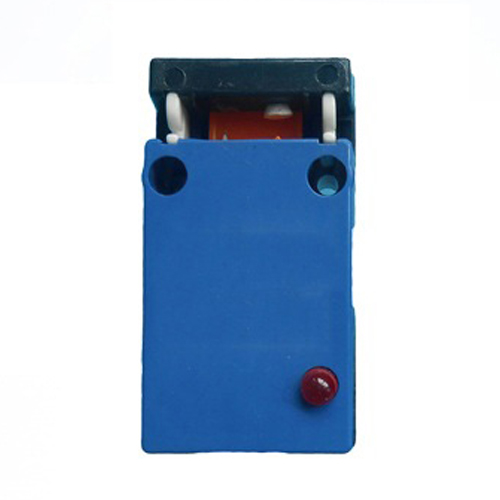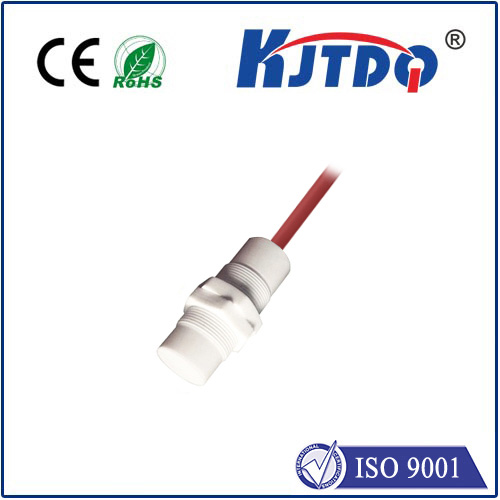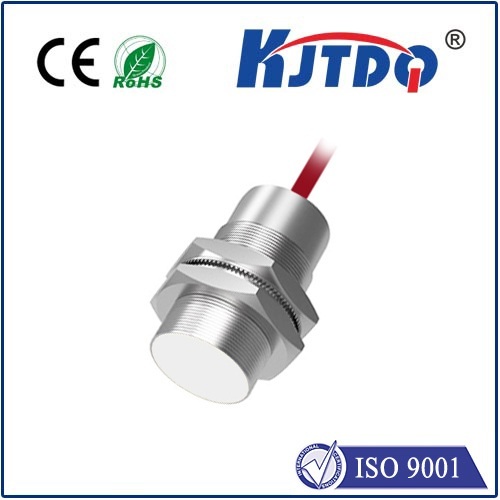Title: How SICK 2D Laser Scanners Revolutionize Industrial Automation and Safety In an era where precision and efficiency define industrial success, SICK 2D laser scanners have emerged as game-changers. These compact yet powerful devices are reshaping automation workflows, enhancing safety protocols, and delivering unmatched accuracy in sectors ranging from manufacturing to logistics. But what makes them indispensable? Let’s dive into the technology, applications, and why industries worldwide are adopting them at breakneck speed.
At their core, SICK 2D laser scanners utilize LiDAR (Light Detection and Ranging) technology to generate precise spatial data. By emitting laser pulses and measuring their reflection times, these devices create real-time, high-resolution 2D maps of their surroundings. Unlike traditional sensors, they operate seamlessly in harsh environments—think dust, vibrations, or fluctuating temperatures—making them ideal for industrial settings. What sets SICK models apart is their adaptive scanning range and multi-echo detection. For instance, the SICK microScan3 can detect objects as small as 30mm from up to 30 meters away, even in low-visibility conditions. This versatility ensures reliable performance in complex scenarios, such as robotic guidance or collision avoidance systems.

Modern SICK scanners incorporate AI-driven analytics and predictive maintenance capabilities. For example, the SICK AppSpace ecosystem allows users to customize algorithms for specific tasks, such as identifying irregular patterns in conveyor systems. This adaptability ensures longevity in fast-evolving industries. Moreover, advancements in 3D point cloud integration are bridging the gap between 2D and 3D sensing. Hybrid systems now combine SICK’s 2D LiDAR with depth cameras, offering richer data for complex tasks like palletizing or autonomous mining equipment.
While SICK scanners excel in most scenarios, their performance can dip in environments with highly reflective surfaces or dense fog. However, newer models address these issues with polarized lenses and advanced noise-filtering algorithms. Another consideration is training. To maximize ROI, technicians must understand configuration software like SICK SOPAS-ET. Fortunately, SICK’s global training programs and 24⁄7 support mitigate this learning curve.
As industries embrace Industry 4.0, demand for intelligent sensing solutions will soar. SICK’s ongoing R&D in edge computing and 5G-enabled scanners promises faster data processing and lower latency—critical for real-time applications like drone-based inspections or smart city traffic management. In the words of a plant manager at a leading automotive OEM: “SICK scanners aren’t just tools; they’re strategic assets. They’ve transformed how we think about safety and efficiency.”
From AGVs zipping through warehouses to robotic arms assembling delicate electronics, SICK 2D laser scanners are quietly powering the Fourth Industrial Revolution. Their blend of precision, adaptability, and ruggedness makes them not just a choice but a necessity for forward-thinking enterprises. As automation grows smarter, one thing is clear: the future of industrial sensing is laser-focused.

